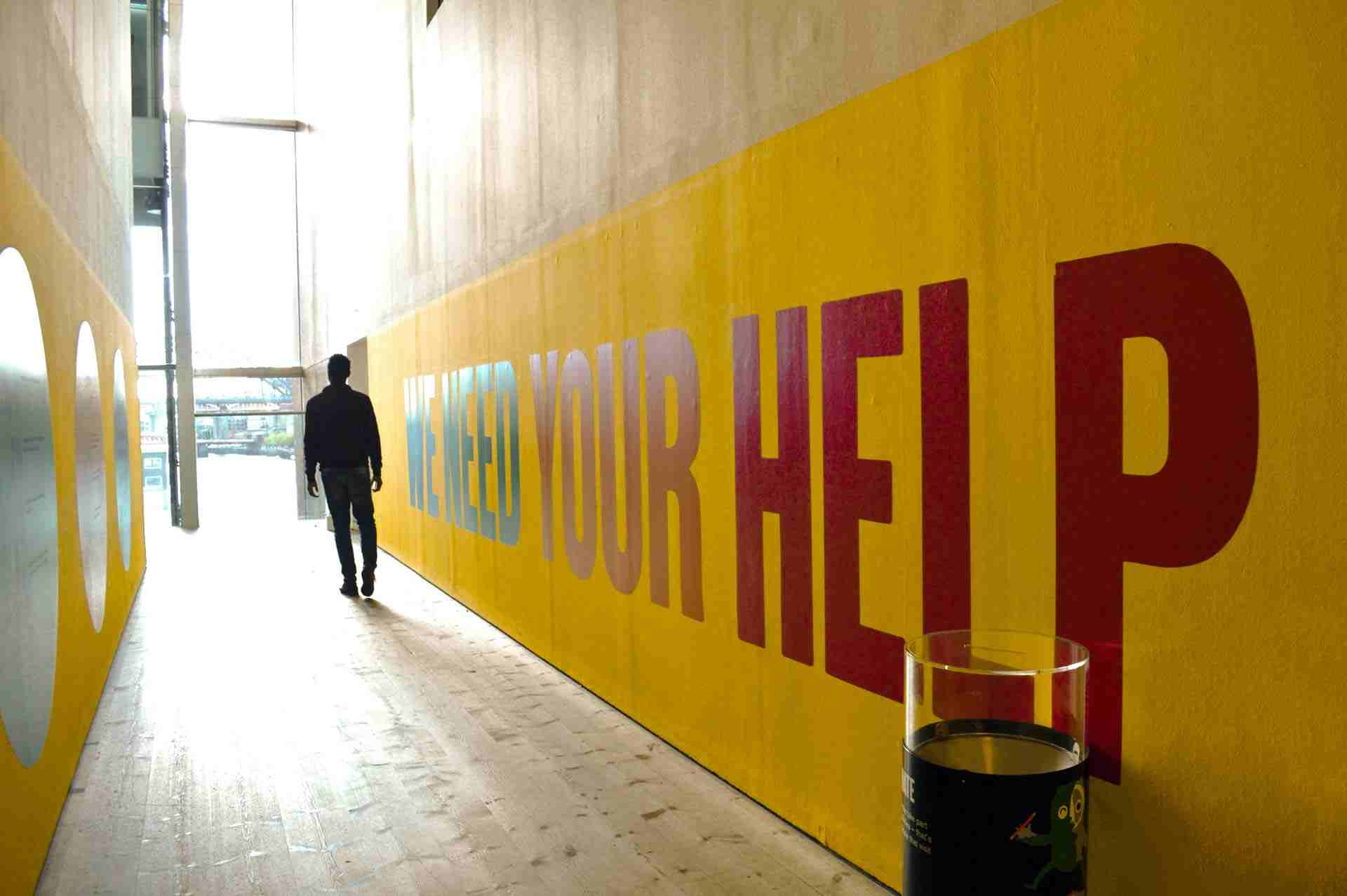In the ancient stone archways and soaring vaulted ceilings of the UK’s churches, there’s a quiet revolution taking place. It’s not a revolution of placards and protests, but bytes and bits.
UK churches are going digital, and they are doing so with poise, gusto, and a touch of divine providence.
Tradition Meets Technology
Home to some of the world’s most ecclesiastical historic buildings and centres of worship, the UK boasts churches that have been around for hundreds of years, bearing witness to the monumental changes that have taken place in society, culture and technology since their inception. In the wake of these developments, churches have also adapted: in the past few decades, as the world has moved online, so too have faith communities, churches, and the people who attend services, recognising the potential of digital technologies to expand their mission and reach their congregations in new and relevant ways.
Why the Leap of Faith?
This shift to digital solutions has not been easy for many church leaders.
Tradition is a strong anchor. But there are plenty of reasons why it’s been embraced:
Extended Outreach: With social distancing becoming the new norm and the entire world migrating online, churches knew they had to be where their flock would be – online. Digital platforms have allowed churches to livestream services, hold online prayer groups and even hold virtual community events.
Elevated Administration: Managing a church is a difficult feat. There are events to organise, finances to manage and people to communicate with. Church management software eases the burden of that work to allow church leaders to spend more time on their spiritual duties and less time on administrative work.
Engaging the Next Generation: Millennials and Gen Z are digital natives. By creating an online presence, we are speaking their language, keeping faith part of their lives.
Notable Success Stories
And here are just a few examples of the many churches in the UK that have managed this transition successfully:
St Pixels, the Internet Church, started as an experiment on a BBC website but soon became a standalone online church, with services, prayer sessions and communal life taking place entirely in pixels.
In perhaps the boldest step taken by any religious institution, the Church of England’s ‘A Church Near You’ platform helps users find ‘church services, events and activities near you, wherever you are’. Faith meets technology full-on.
St John’s Parish, London: Four or five years ago, this inner-city church entered the digital age. However, it didn’t do so slowly. The church uses a church management software system to digitalise donations, and it has improved both the process of giving (easier for members) and the transparency of how funds are used. The online Bible study the church launched in the pandemic drew participants from well beyond its local members, even from across the globe.
Grace Community Church, Manchester: Technology has always been ahead of the game at Grace Community Church. We invested in church management software that has made our members more engaged than ever. From their app, our members can request for pastoral sessions with their pastors, request for community service, and access daily devotional content on their spiritual gifts and personalities. Our software’s analytics feature also facilitates pastoral care since it allows us to understand our members’ needs on a deeper level.
The Riverside Church, Leeds: Riverside’s digital ministry started with a simple goal: to make faith easier. They developed a robust church management system and launched a series of online courses for new Christians: this creates the content, offers mentoring and community, all via one simple digital portal. The ‘Virtual Prayer Wall’, where members post prayer requests but also pray for each other, has fostered greater community.
St. Mary’s Basilica, Birmingham: St. Mary’s, the oldest church with the most deeply rooted traditions of any of the churches, wowed everyone with its tech-savvy approach to church life. The management software for the church was used extensively in the work on renovation of the church. Fund-raising for the renovation was conducted online, members were kept up-to-date on the renovation and even a 3D virtual tour of the church – showing how it would look after the proposed renovation – was available to members. This kept members involved and the money coming in.
These stories and thousands more demonstrate that church management software brings religion’s desire for efficiency and convenience to bear on the institution’s largest cornerstones: community and belief. Faith and technology might be an uneasy marriage but they need one another to expand the horizons of community and belief. It is a joy to know that churches, bulwarks of memory and tradition, are fully embracing the digital present, and will continue to be there when their members need them tomorrow.
The Road Ahead, Challenges and Opportunities
But even as this transition to digital has been a boon for many churches by providing a platform for them to connect with the younger generations, it remains far from being plug-and-play. They have to contend with data security worries, how to make the experience more inclusive for elders less comfortable with technology, not to mention seamlessly extending the personal touch that’s integral to faith-based interactions.
But opportunities are so much greater than drawbacks. As technology evolves, we could see even more powerful forms of faith, from virtual reality church services to pastoral care by artificial intelligence.
From the pulpit to the platform, the story of UK churches going online is a testament to the resilient old-new nature of faith — of liturgy and laptops, of hymns and digital harmonics. And the story will continue without end, for the church, in any and all forms, is still the church and home to congregations.



